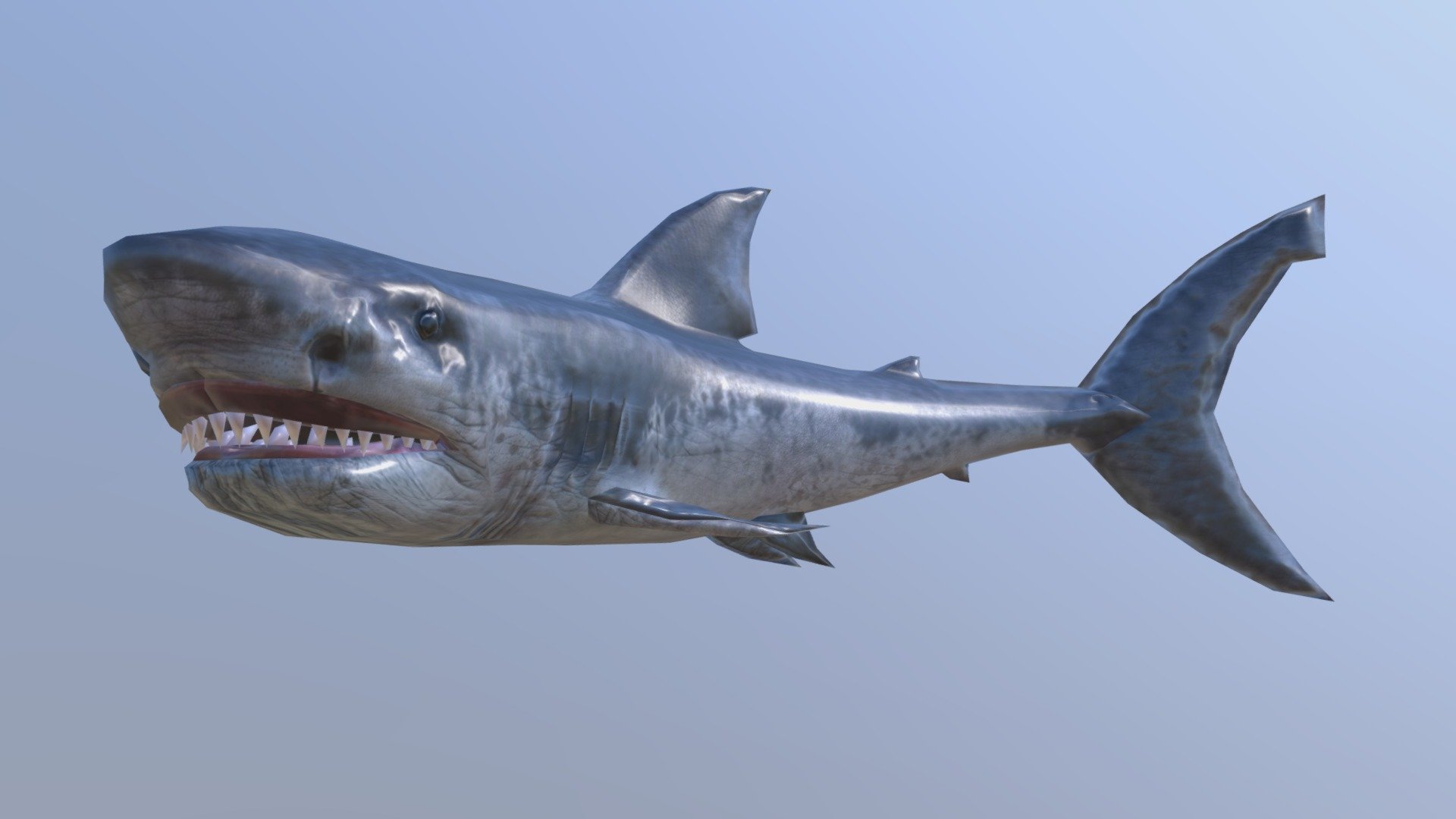
A small bait bag was attached to a pole to attract sharks. One camera recorded 4K video, while the other recorded still images every five seconds. The video system consisted of two GoPro cameras attached to a carbon-fiber frame. Using a baited remote underwater video system (BRUV) that he designed at URI, Phillips recorded the first in situ observation of a sharpnose sevengill shark in the Tongue of the Ocean. “There are only a few examples of these deep-drop camera systems, so I was on Austin’s radar as a potential collaborator,” said Phillips. Gallagher is the chief executive officer of Beneath the Waves, a non-profit organization dedicated to the conservation of sharks and their habitats. Having learned of Phillips’ camera work in the Solomon Islands, marine scientist Austin Gallagher asked the professor to join him and his crew on a trip to a semi-enclosed deep ocean trench in a region of the Bahamas known as the Tongue of the Ocean in May 2018. The baited remote underwater video system (BRUV) designed by Brennan Phillips. Known as the “Sharkcano,” Phillips’ sightings were documented in Oceanography magazine and in a video produced by National Geographic.

On an expedition to an underwater volcano in the Solomon Islands in 2015, Phillips’ deep-sea camera revealed hammerheads and silky sharks living inside a crater. And this month he is returning with a collaborator to a deep=water feature near the Bahamas to examine shark behavior.


15, 2020 – In the deepest, most remote parts of the ocean, there are species of sharks that have rarely been observed.Ī video system developed by Brennan Phillips, University of Rhode Island assistant professor of ocean engineering, has led to the discovery of sharks in some very secluded areas.


 0 kommentar(er)
0 kommentar(er)
